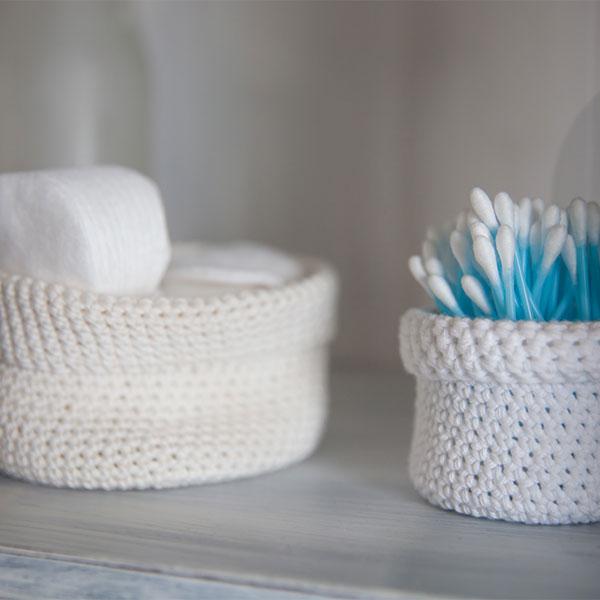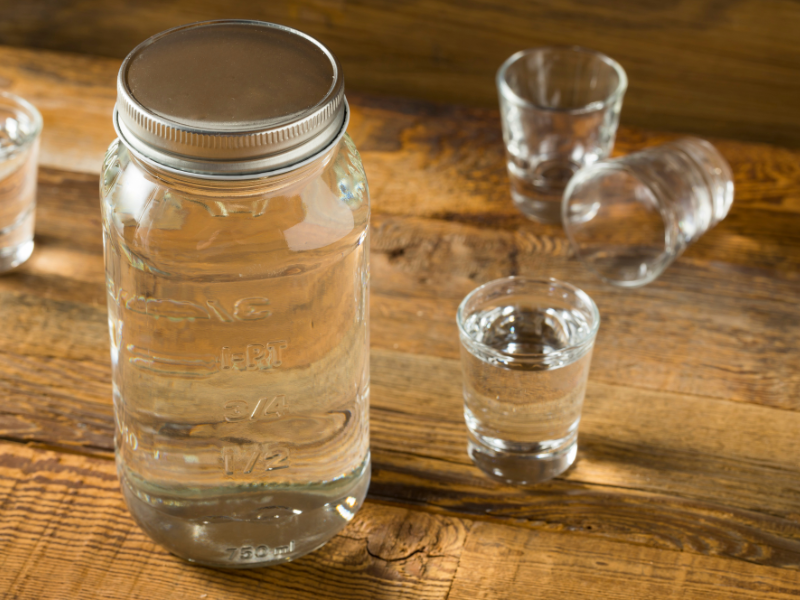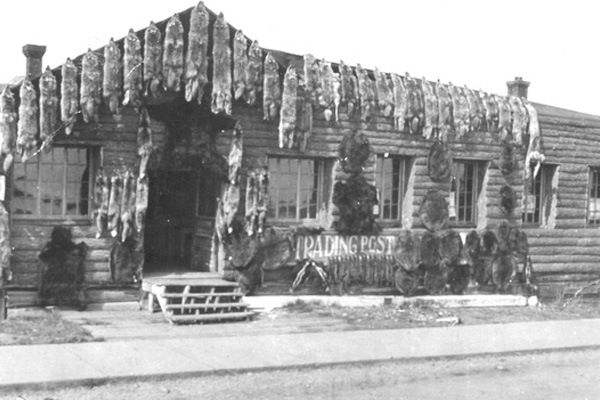Brewing beer has been a popular hobby for thousands of years. Learn how to create your own craft beer, with a simple American Pale Ale recipe!
Brewing beer has been a popular hobby among humans for thousands of years. In most cultures, curiosity stemmed from people experimenting with fermenting rice, grain, wheat, and barley. The oldest evidence of barley beer is believed to have been found in Mesopotamia about 6,000 years ago on a Sumerian tablet. They are also famous for their poem titled "Hymn to Ninkasi", praising the goddess of brewing and detailing a popular barley beer recipe.1
For those of you who are intrigued by the art of brewing, don’t be intimidated by the process. Your first, second, or even third batch will have trials and errors, but once you figure out what works and what tastes good, you’ll be well on your way to becoming the beer connoisseur of your neighborhood. The first question you need to ask yourself is: what style of craft beer do you want to brew?

Popular Craft Beer Styles
- IPA (Indian Pale Ale): Extra hops, strong, and bitter.
- Double IPA: Double or triple the hops.
- Seasonal: Stouts, Porters, Blonde ales, Hefeweizens, English Pale Ales, Bavarian Weisse, etc.
- Pale Ale: More equal malt-to-hop balance.
- Amber Ale: Amber to deep red color with a malt emphasis of caramel and other malt flavors.
Ingredients
- 6 pounds Pale Malt Extract
- ½ pound Crystal 10L Malt
- ½ pound Carapils (dextrine malt)
- 2 oz. Perle hops (pellet)
- 2 oz. Cascade hops (pellet)
- Safale US-05 (Yeast)
Equipment
- Large Boil Kettle
- Siphon Tube
- 1 Step or C-Brite (sanitizing solution)
- Fermenting Bucket
- Thermometer
- Bucket lid
- Hose Racking Cane
- Airlock
Brewing Directions
Prepping & Creating the Wort (Unfermented Beer)
It is important that your grain husks are broken apart. If they aren’t, use a rolling pin to crush them. Once you are finished, pour the grains into a muslin bag and close it.
- Add 2½ gallons of water into a large pot.
- Add the grain bag and bring the water to a near boil.
- Turn off the heat and let the grains steep for 10 minutes.
- Remove the grain bag and place it in a strainer over the pot. Pour 4 cups of hot water over the grains and then discard the grains.
- Add all of the pale malt extract to the pot and stir until completely dissolved.
Boiling the Wort
- Bring the wort back to a boil.
- Add 1 oz. of Perle hops and boil for 30 minutes.
- Add another ounce of Perle hops and boil for 30 minutes.
- Add 2 oz. Cascade hops and boil for 2 minutes.
- Remove the pot from heat and cool for 20 minutes.
How to Prevent "Chill Haze"
Cold break, or the lack of it, is called Chill Haze. When a beer is chilled, these proteins partially precipitate, forming a haze. By rapidly chilling from near-boiling to room temperature, these proteins will precipitate and avoid the haze. While this does not affect the taste, it’s a cosmetic issue, and hazy beer tends to go stale faster.2
Rehydrate Yeast
- Heat ½ cup of water to exactly 100°F.
- Sprinkle dry yeast on top of the water.
- Cover and set aside.
Note: Liquid yeast needs to be prepped 3 hours before brewing. Always sanitize your equipment before use to avoid contamination, which can spoil your beer. We recommend using 1 Step or C-Brite sanitizing solution and leaving it for at least 10 minutes.
Transferring Your Wort
- During this step, gravity will be your best friend. Siphon the wort into your fermenting bucket to avoid contamination.
- Place the pot on a high surface, such as a counter.
- Place the racking cane in the pot and attach the siphon hose to it.
- Release the siphon and let the wort flow into the fermenting bucket.
Once the wort is transferred, top it off with cold water until it reaches the 4½ gallon mark. This will introduce oxygen for healthy fermentation. After adding the yeast, make sure everything is airtight to prevent contamination.
Add Yeast
- The yeast starter should be bubbly. Add the yeast to the fermenting bucket, secure the lid, and insert the rubber stopper.
- Fill the airlock with sanitized water and attach the floater cap.
Fermenting
Store the fermenting bucket in a cool area (65°F–70°F). You'll know fermentation has begun when bubbles appear within 12 to 24 hours. Let it ferment undisturbed for 2-3 weeks for optimal results. Some brewers bottle a small sample early to taste the difference.
What are some of your favorite homebrewed beer recipes?
References:1History of Beer
2Cooling the Wort
Recipe credit: Seattle Times Homebrew Recipe













